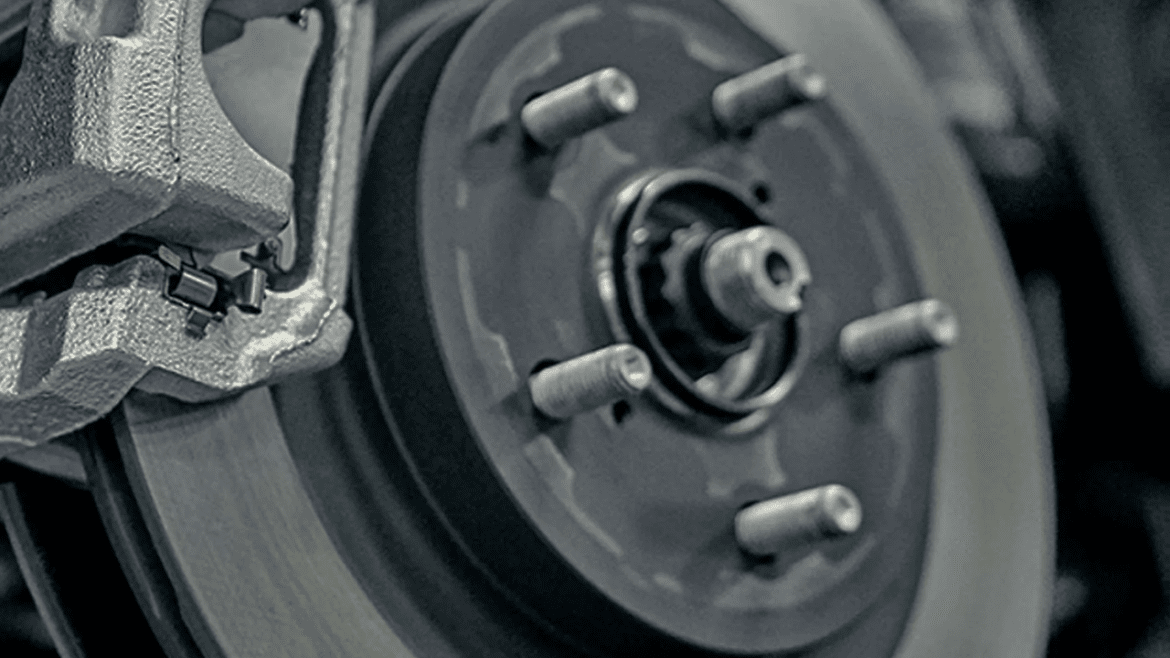Wheel elements include the steering knuckles. These steering knuckles are crucial to the overall operation of the wheel, therefore, you’d be right to state that. Effective operation of this wheel is necessary for the steering knuckles. An extremely durable steering knuckle. They typically last the entire life of the vehicle when used normally. The knuckle, though, could be hurt in a little incident, if you run into a really large pothole, or if you slide into a curb.
Your vehicle will be plainly inoperable if the knuckle breaks. A-Premium steering knuckle assembly, also known as an upright, is an element of an automobile’s suspension system that holds the wheel hub or spindle and connects to the steering and suspension systems. Although they refer to separate pieces, the phrases spindle and hub are occasionally used synonymously with steering knuckle.
How Does A Steering Knuckle Help Your Vehicle Change Direction?
“Ball joints” are pivots that connect the steering knuckle’s top and bottom arms to the suspension system. The knuckle may pivot left or right thanks to the ball joints. Additionally, they maintain the knuckle’s vertical position. Another component of the steering knuckle is a lateral arm that joins a tie rod.
Depending on which way the steering wheel is turned, the tie rod either pushes the lateral arm outward or pulls it inward while you steer. A vehicle has tie rods on both sides. The opposite lateral arm is drawn inward simultaneously with the lateral arm on one side being pushed outward. This causes the front wheels and knuckles to rotate together.
How Do You Deal With A Broken Steering Knuckle?
Driving is dangerous with a fractured steering knuckle. It must be replaced right away. You should be able to replace it in two or three hours with the correct tools and a thorough explanation. Remember that changing a steering knuckle will probably change the alignment settings on your car. We advise having your automobile aligned after completing the task.
Frequently occurring causes of steering knuckle assembly failure
Unfinished steering knuckle assembly could malfunction for a number of reasons, including:
- Use and abuse on knuckles in the steering assembly’s numerous parts.
- Corrosion brought on by being exposed to salt, water, and other substances can cause knuckles in the steering assembly to weaken and break.
- Impacts, such as collisions with curbs or other objects.
- Hauling big goods or towing more than the vehicles recommended capacity results in overloading.
Preventive Measures for Protection of the Steering Knuckle
Assembly of the steering knuckles must be able to handle the various strains and forces produced by driving on various road surfaces, hence, it is often composed of sturdy materials like steel or aluminum. To guarantee optimum performance and driving safety, knuckles in the steering assembly needs to undergo routine maintenance and inspection. It’s crucial to do good routine maintenance to avoid steering knuckle assembly failure:
- It is possible to spot early symptoms of wear or damage and avoid expensive repairs by routinely evaluating your steering knuckle assembly, especially while doing routine maintenance.
- Knuckles in the steering assembly’s lifespan can be increased, and friction and wear can be reduced, by properly lubricating all of its numerous parts.
- When hauling large goods or towing, stay within the vehicle’s recommended capacity and take care not to overload it.
- Avoiding curbs and other obstacles while driving safely can help assembly of the steering knuckles last longer by preventing damage.
- Repairs must be made as soon as possible after spotting any wear or damage to assembly of the steering knuckles.
Final Words
The staring knuckle’s symptoms can be treated quite simply, but first, you must become aware of what they are. If you don’t learn the primary reasons why knuckles in the steering keeps breaking, it will eventually be damaged. Therefore, you must make an effort to solve the problems and learn the primary signs of steering knuckle damage.
